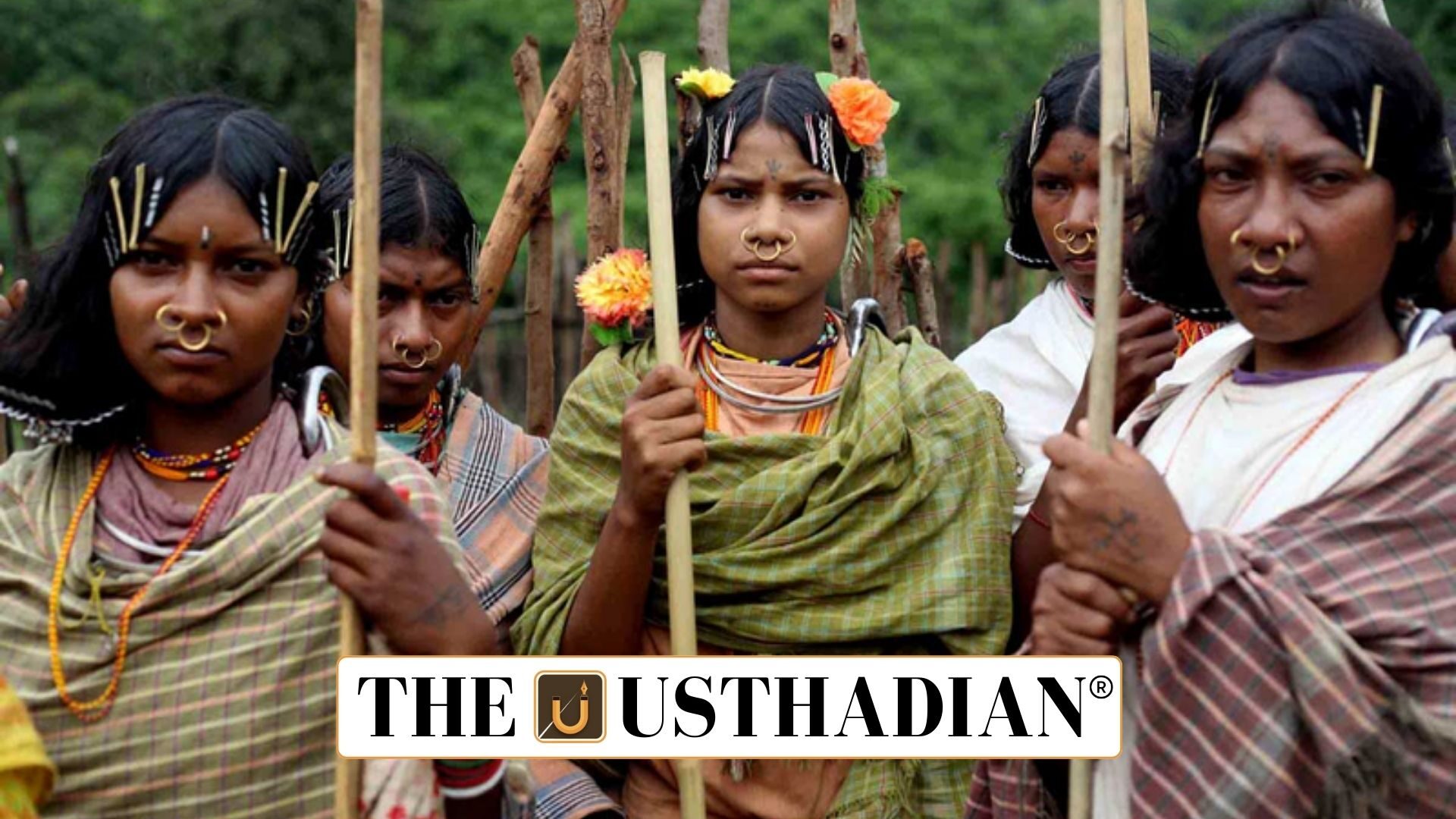Push for Separate Census
Separate Census Plan for Particularly Vulnerable Tribal Groups: The Tribal Affairs Ministry has proposed a distinct enumeration of Particularly Vulnerable Tribal Groups (PVTGs) in the upcoming Census 2027. If approved, the Registrar General and Census Commissioner of India (RGI) will list PVTGs separately for the first time.
The demand arises because PVTGs have remained undercounted in past Census exercises. Only around 40 of the 75 PVTGs were recognized as Scheduled Tribes in 2011, while others were merged under larger tribal communities.
Static GK fact: The Census of India is conducted every ten years, with the first modern Census held in 1872 under British India.
Importance of Separate Enumeration
PVTGs face deep socio-economic gaps and continue to remain marginalized in access to education, healthcare, and livelihood. Their distinct listing is essential for the design of targeted programmes like PM-JANMAN, which covers more than 200 districts.
Without accurate data, several PVTG subgroups remain outside policy coverage, making it difficult to assess their actual demographic and developmental needs.
Who are PVTGs
PVTGs are the most marginalized among Scheduled Tribes. They were first recognized by the Dhebar Commission in the early 1960s. India has 75 identified PVTGs spread across 18 States and the Andaman & Nicobar Islands.
A recent government survey estimated their total population at 45.56 lakh. The highest numbers are in Madhya Pradesh (12.28 lakh), Maharashtra (6.2 lakh), and Andhra Pradesh (4.9 lakh).
Static GK fact: Sentinelese, an uncontacted tribe from the Andaman Islands, is one of the PVTGs and is legally protected from external contact.
Criteria for Identification
The government identifies PVTGs on the basis of:
- Pre-agricultural level of technology
- Low literacy levels
- Economic backwardness
- Declining or stagnant population
These criteria differentiate them from other tribal communities, emphasizing their extreme vulnerability.
Role of Registrar General and Census Commissioner of India
The RGI, created in 1949, functions under the Ministry of Home Affairs. Its responsibilities include:
- Housing and Population Census (Census Act, 1948)
- Civil Registration System for births and deaths (RBD Act, 1969)
- Sample Registration System for birth and death rates
- National Population Register under the Citizenship Act, 1955
- Mother Tongue Survey to record linguistic features
Static GK Tip: The Census Act, 1948 remains the legal foundation for Census operations in India.
Way Forward
A separate Census for PVTGs will not only help in better welfare planning but also ensure their inclusion in national statistics. This step can pave the way for more region-specific and community-sensitive schemes, preserving the identity of some of the most vulnerable tribal groups in India.
Static Usthadian Current Affairs Table
Separate Census Plan for Particularly Vulnerable Tribal Groups:
| Topic | Detail |
| Total PVTGs in India | 75 |
| States and UT covered | 18 States + Andaman & Nicobar Islands |
| Estimated PVTG population | 45.56 lakh |
| Largest PVTG population | Madhya Pradesh (12.28 lakh) |
| Commission identifying PVTGs | Dhebar Commission, 1960s |
| Census coverage of PVTGs in 2011 | Only 40 of 75 groups |
| Programme for PVTGs | PM-JANMAN |
| Registrar General of India setup | 1949 |
| Legal basis for Census | Census Act, 1948 |
| Civil Registration Act | RBD Act, 1969 |








